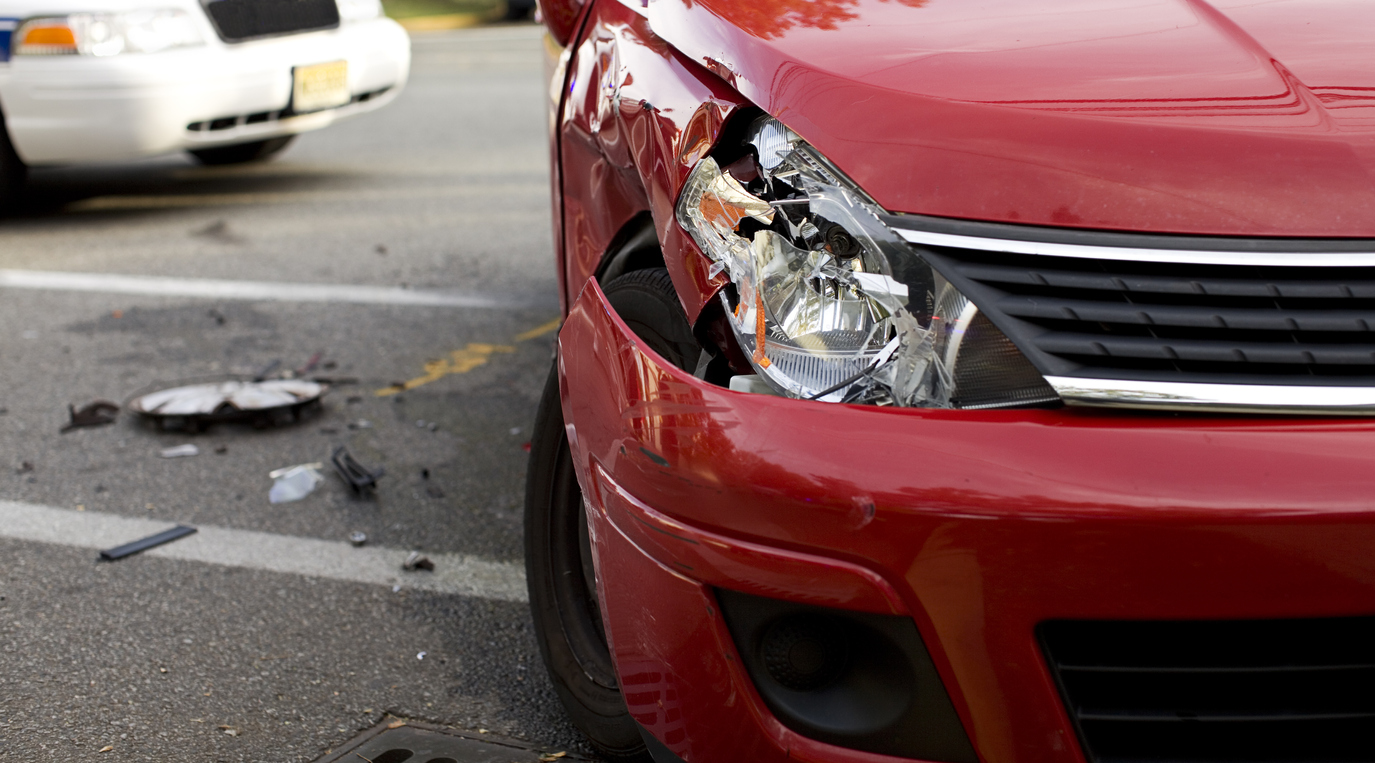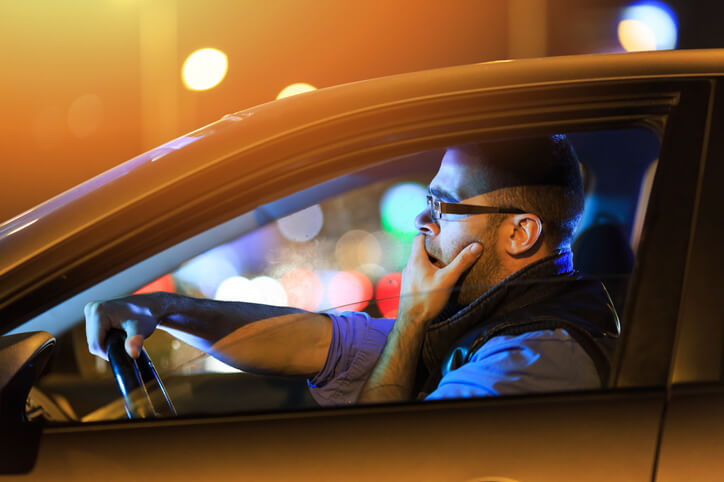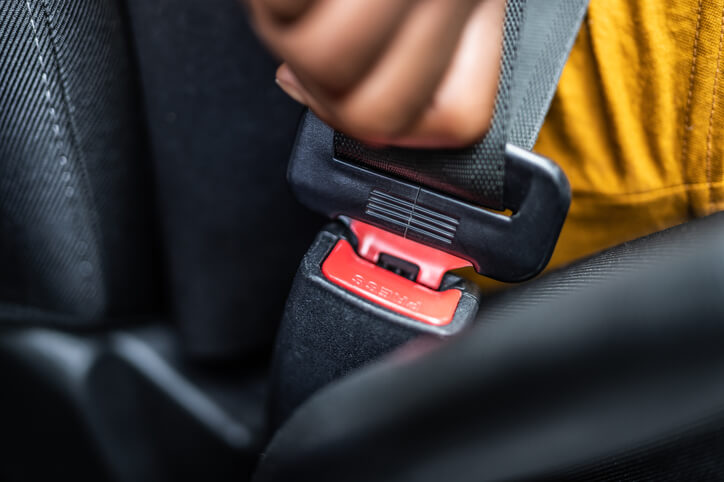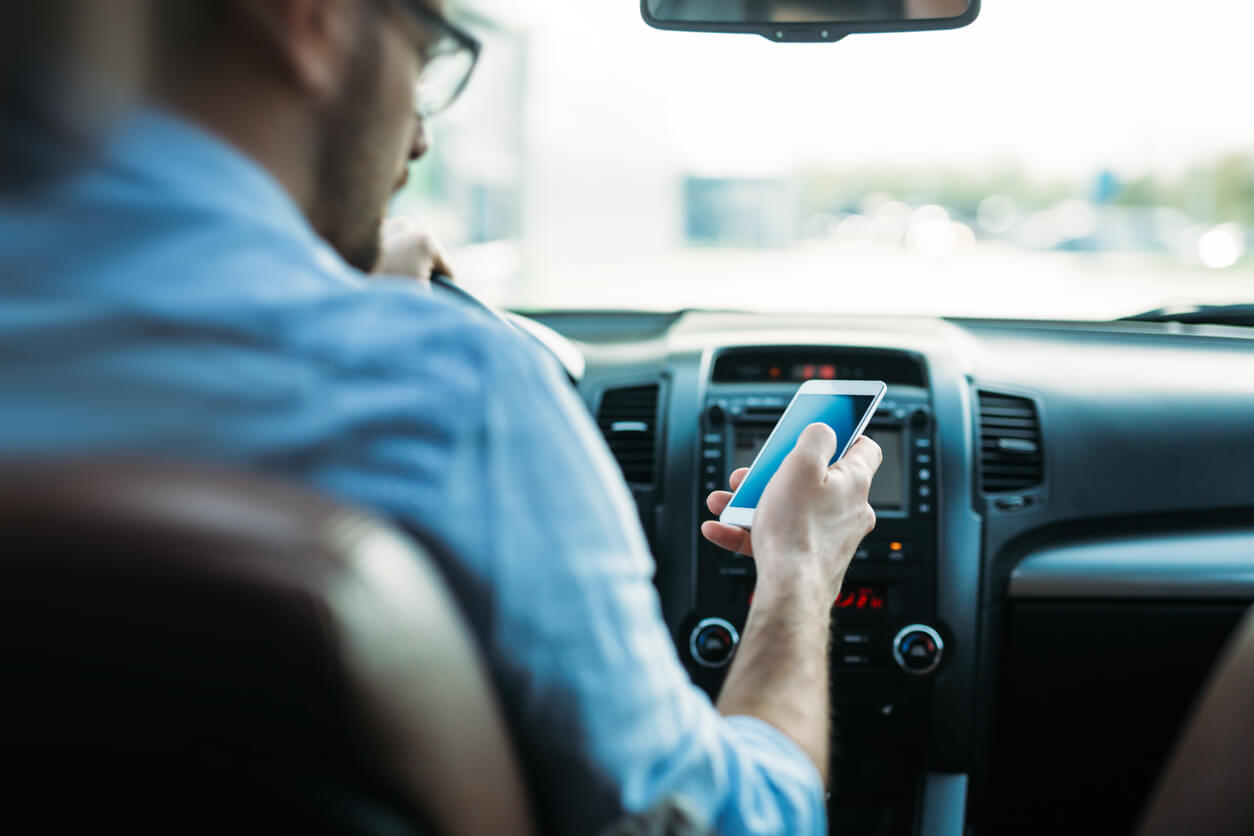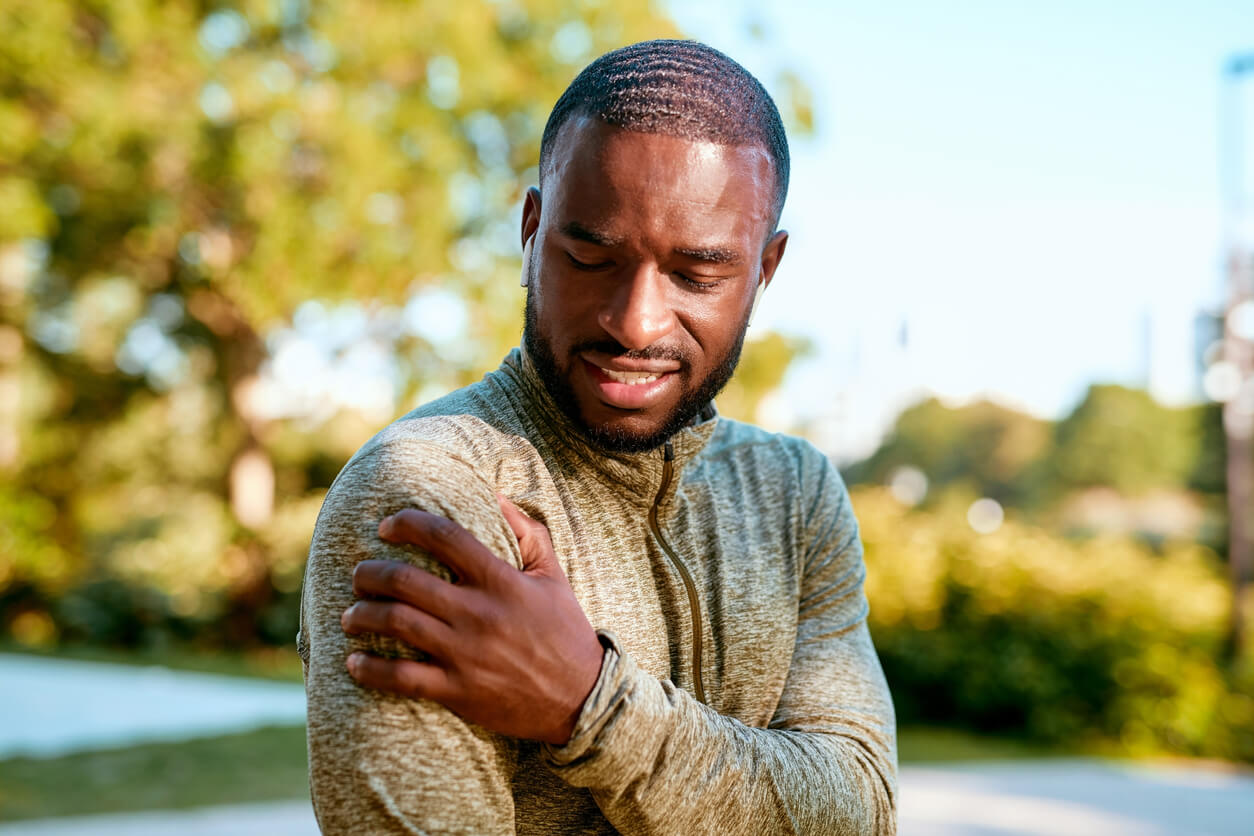We’ve all either been the driver or been near the driver that is going too fast down a road or interstate. Whether impatient, running late, or some other reason, speeding drivers are commonplace. While we all may have gotten used to speeding or being around speeding vehicles, it remains a dangerous driving behavior. There are thousands of people dying each year due to speeding vehicles and these are all preventable tragedies.
The Dangers of Speeding
Speeding is illegal in every state. Going above the posted speed limit can land you in legal trouble, to be sure. There can also be serious, even fatal consequences of speeding. Speeding is particularly dangerous because it not only impairs a driver’s ability to control a vehicle and increases the time needed to effectively react to other things on the road, such as cars in front slowing down or stopping, but it also means that the force of impact should the speeding vehicle collide with something will be more severe and, therefore, more likely to cause serious injury or death.
There are many factors that have been considered to the persists and pervasiveness of speeding despite these apparent dangers. Traffic congestion, for instance, can quickly bring out the worst and most impatient sides of people causing them to overcompensate by slamming down on the gas pedal whenever possible. Running late for an appointment or meeting is also a commonly cited reason for speeding. The bottom line is that far too many of us are in a rush and will engage in dangerous driving behaviors, such as speeding, to get where we are going as fast as possible.
There are, however, a number of things we can do to help counteract our own inclination to speed as well as to guard ourselves against other drivers who are speeding. Should you find yourself often rushing when behind the wheel, make sure you give yourself extra time to get where you are going. Allow for enough time to travel to your appointments safely. If you are running late or might run late, reach out to the person you are meeting to inform them of this.
If you are on the road and encounter a speeding driver, as many of us are likely to do, give them as much space as possible. Remember that speeding can contribute to a driver losing control of their vehicle. Speeding also means that a driver will need more time to react to other cars reducing speeds or coming to a stop. You should also be sure to allow speeding drivers to pass you freely and safely. If you are in the left lane and there is a car going faster than you and wants to pass, move over as soon as you can do so safely and let them pass.
Philadelphia Personal Injury Attorneys
Speeding can have tragic consequences. If you have been injured by a speeding driver, the team at Cooper, Schall & Levy is here to not only hold that driver accountable for the damage done, but will also fight for your legal right to be monetarily compensated for your injuries. Contact us today.

